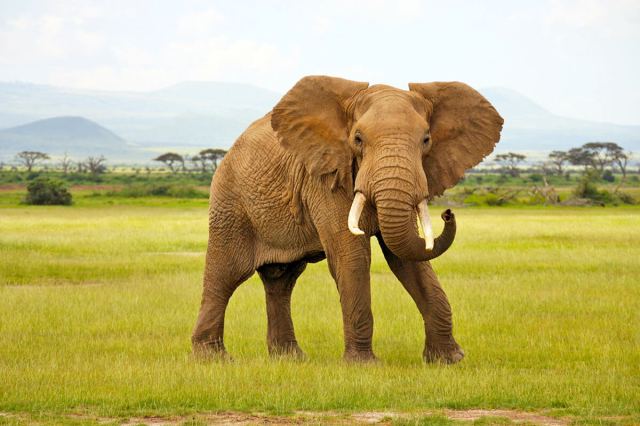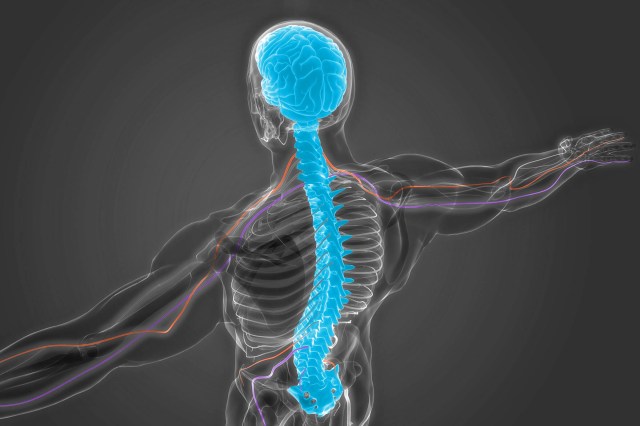
The Size of the Nervous System Varies Greatly Between Different Animals
Nearly all multicellular animals have a nervous system, with the exception of very simple life forms such as sponges, placozoans, and mesozoans. However, the nervous systems of different animals vary greatly in their size and complexity. The human brain, for example, contains approximately 86 billion neurons. (The spinal cord has far fewer, possibly less than 1 billion.) The African elephant, meanwhile, has a massive brain that contains around 257 billion neurons, while an adult worm has just 302 neurons in its entire nervous system.

The Human Nervous System Is Fast — But Not Instantaneous
When we think of the things we touch, hear, or see, it can feel as if these senses work instantaneously. But while signals can certainly travel at high speeds around the nervous system, they’re not immediate. The fastest signal transmission in the human body travels along the alpha motor neuron in the spinal cord at speeds of 268 miles per hour (the same as the top speed of the Bugatti Veyron, one of the fastest street-legal cars in the world). The slowest signals, meanwhile, are found in the skin. At its slowest, information from nerve fibers in the skin travels at 1 mile per hour. When we feel an itch, for example, that information reaches our brains at a leisurely 2 miles per hour — slower than a normal walking speed.

Neurons Never Actually Touch Each Other
Despite the presence of millions of densely packed neurons in our bodies, these little guys never actually touch one another. Instead, when a nerve impulse reaches the end of one neuron, it releases a neurotransmitter chemical. That chemical then diffuses from the neuron, crosses a junction, excites the next neuron, and so on, thereby passing information throughout the body to the brain.
More Interesting Reads

The Longest Nerve in the Human Body Stretches From Our Back to Our Feet
The longest and widest nerve in the human body is the sciatic nerve, which stretches from our lower back to our pelvis, then down the back of each thigh and through our legs, as far down as the heels of our feet. At its widest, the sciatic nerve is almost 2 centimeters in diameter. We have this nerve to thank for allowing us to walk, run, stand, and feel sensations in our legs.

Our Skin Has More Receptors for Pain Than Any Other Sensation
When we feel pain, it’s essentially our nervous system telling us that a part of our body is injured or in danger of becoming injured. Our skin receptors register pain — as well as touch, warmth, and cold — and send corresponding signals to the brain. Of these receptors, the ones that register pain are the most numerous. Every square centimeter of our skin contains around 200 pain receptors, in comparison to 15 receptors for pressure, six for cold, and just one for warmth. Recent studies have shown that our forehead and fingertips are the parts of our bodies most sensitive to pain.












